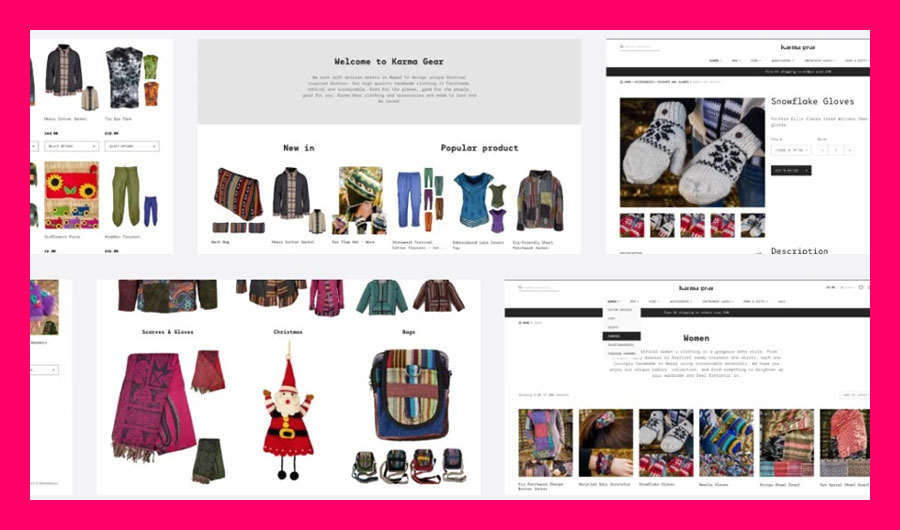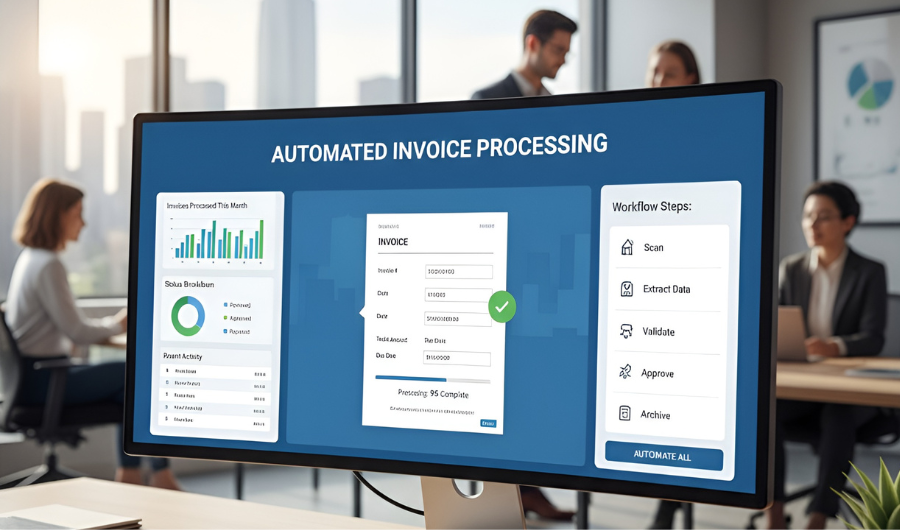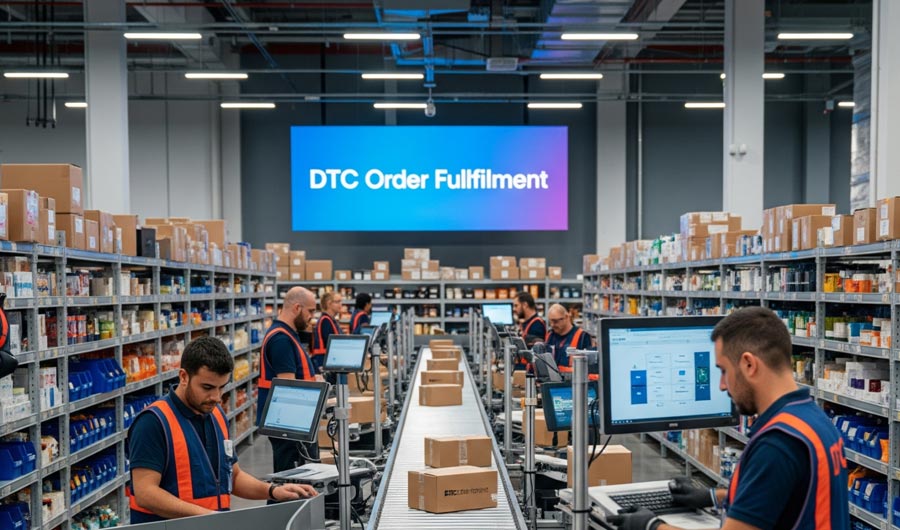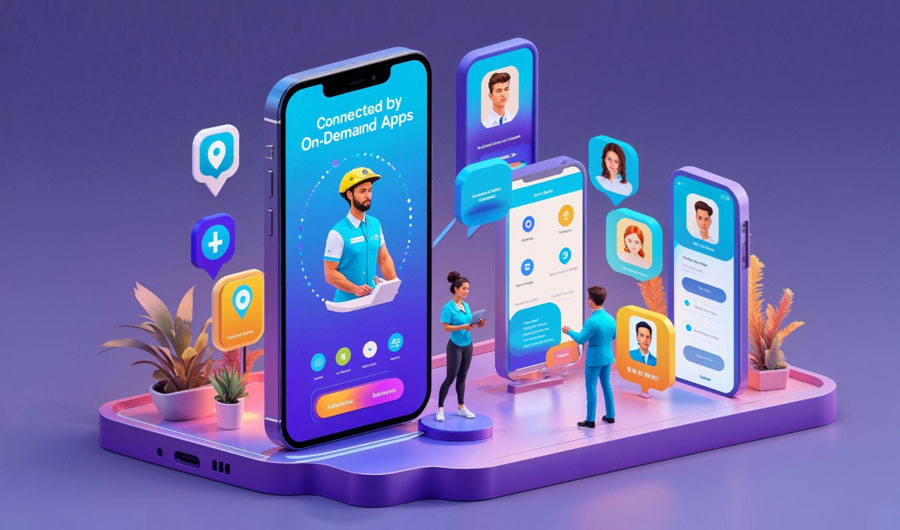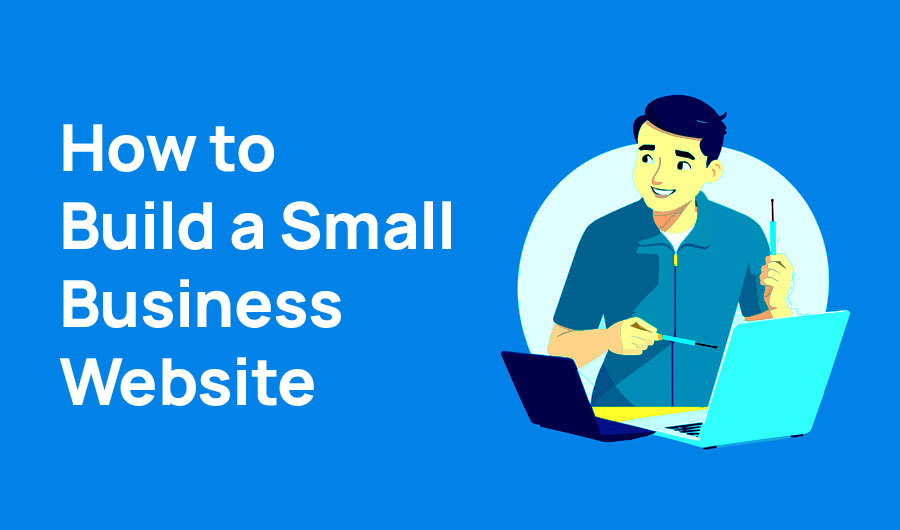
How Does Your Small Business Build a Website?
So, you’ve got a small business, you want it to get online but there are two concerns. First, where to start? Second, is it worth it at all? There’s, indeed, a lot to consider and you’ve got a business to run. Well, what is certain is that online presence IS necessary. That is, sooner or later, you’ll have to build a website, at least, if you want to be competitive. Now, let’s see why and how you’ll do that.
Does a Small Business Need a Website?
100% yes. First off, a website legitimizes your business. People expect a business to have a site just as much as they expect it to have a physical address. Secondly, it’s your online 24/7 storefront. Customers interact with it even when you’re asleep or busy.
If that’s not enough, consider this: over 80% of shoppers do online research before they purchase anything. This means that without it, you’re invisible to a significant chunk of potential customers.
DIY or Outsource to a Development Company?
Deciding whether to DIY or outsource the job depends on a few factors like
- budget,
- time,
- and the complexity of your needs.
If you want something basic — a few pages and a blog — you can probably handle that yourself. Platforms like Wix, Squarespace, or WordPress are your best friends here. They are user-friendly and simple to use even if you have no tech skills. They’ve got these customization options, thanks to which your site will look professional.
However, sometimes you need specialized features. That’s especially relevant for online booking, e-commerce, or custom apps. In this case, you’ll most likely need experts.
Plus, if you want a really good site, you’ll need to take into account the UI/UX design. The latter is responsible for making it look good and enjoyable to use. A poor design can drive customers away so it pays to take it seriously. A professional ui/ux development agency can create a polished, high-performing site. The best thing here is that they’ll do it right the first time, saving you from mistakes (which are normally fairly costly).
How to Build a Small Business Website
Now, here’s what the process normally looks like.
Step 1: Plan Your Site
Start with a clear plan. What’s the goal of your site? Who is your audience? What kind of content will you include? Map out the pages you need and what each one will do. This will guide your design and content creation.
Step 2: Choose Your Domain Name
Your domain name is your web address. It should be descriptive of your business and easy to remember. Here are a few tricks in this regard:
- keep it short,
- avoid complicated spellings,
- and consider how it sounds (say it aloud to check).
Use a domain registrar like GoDaddy or Namecheap to purchase your domain.
Step 3: Select a Website Builder or CMS
If you’re building it on your own, check website builders like Squarespace or WordPress. They offer templates and drag-and-drop tools to help you create a professional-looking site. You don’t need coding for that if that’s what you’ve thought. If you’ve hired a developer, they are likely to choose to build from scratch or use a more complex CMS like Drupal.
Step 4: Design Your Website
What elements will represent your brand? Just any elements you like, in fact. Just make sure they are clean and attractive (ask your friends and colleagues to evaluate the latter). And I probably don’t need to tell you that the navigation must be intuitive and your site must be mobile-friendly because half of the web traffic is mobile.
If DIY-ing, choose a template as a base and customize it. If working with a designer, communicate your brand and user experience goals clearly. Even if you aren’t outsourcing the whole job, it may be worth ordering a professional consultation at this stage.
Step 5: Add Content
Now, the site is not the goal in and of itself. People will come here for content. And they’ll expect it to be engaging and original (at least). Plus, it must be useful. That is, it must help your client with achieving their goal somehow.
Include clear descriptions of your services or products, and don’t forget essential pages like About Us, Contact, and FAQs. Make sure your content is optimized for search engines because this determines how many people will see it (if at all).
Step 6: Test and Launch
Before going live, test your website. Here’s what to do:
- check how it looks on different devices,
- click through all the links,
- load pages to check speed,
- ensure all forms work correctly.
Once everything looks good, publish your site and promote it on social media and through email newsletters.
This is, by the way, one of the arguments in favor of outsourcing web development — they take care of everything at this step for you. You, in turn, focus on more important things.
A Website or Social Media Account?
You may have noticed that many brands don’t have a site. They just use social media. So probably you should do the same? Probably, But not necessarily. Indeed, many small businesses start out selling products through Instagram or Facebook. It’s quick, easy, and the audience is already there. Plus, social media is superb for building brand awareness and interacting with customers directly. Your Instagram account is perhaps the best place to launch a promotion or contest and still, it can’t do everything for you.
The key issue with social media is that you’re at the mercy of the platform’s rules and algorithms. These, in turn, can change without warning. Besides, you don’t OWN your presence on social media like you do with a site. For example, a platform can shut down your account if it believes you’ve violated its policies.
That’s why the safest strategy is to use both a website and social media. Ideally, you should use the latter to attract your audience and direct them to the former for deeper engagement and conversions.
Final Thoughts
All in all, you do need a website if your small business ever plans to grow. You can build one yourself or hire professionals. The key is to start simple and focus on effective communication and connection with your target audience. Remember, your website will be an ongoing tool that will evolve with your business. So keep it updated and improving.


